5. Gremlins 2: The New Batch (Joe Dante, 1990)
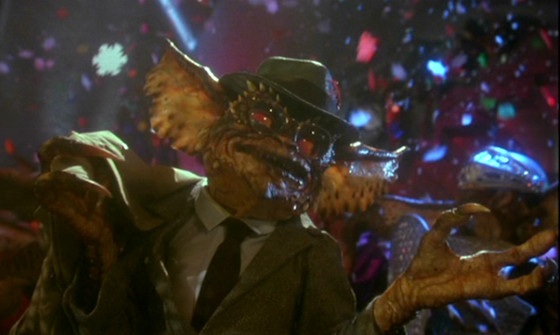
The first Gremlins is undoubtedly a classic from the ‘80s, mainly by the iconic mogwai. But it is a more “ordinary” movie, mainly to introduce the little monsters. Joe Dante then decided to make a sequel and innovate as much as he can, being totally anarchic, from criticism to consumerism to metalinguistic scenes with gremlins.
Now Billy Peltzer has moved to New York and works in a commercial building. Soon he finds Gizmo, but after a laboratory experience with him in this same building, a new generation of gremlins is created and basically dominate the entire commercial building, turning it into chaos.
“Gremlins 2: The New Batch” is innovative, satirical, and with very memorable scenes (the screening room scene and the gremlins singing Frank Sinatra, for example), it certainly ends up standing out more than the first and is much better. It’s Joe Dante’s masterpiece, with all he can best offer: dark humor, horror, and anarchy.
4. The Strangers: Prey at Night (Johannes Roberts, 2018)
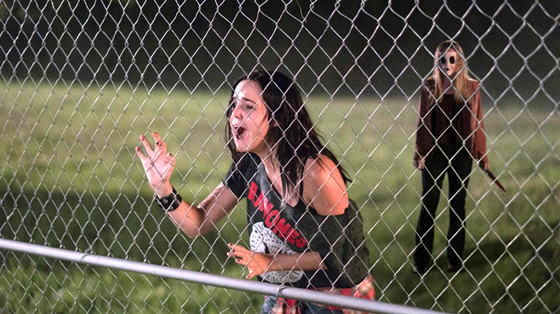
The sequel to “The Strangers” managed to be more concise and straightforward in its approach to terror. It’s basically a tribute to the ‘80s slasher; all its aesthetics and ambiance goes back to the 1980s. Even though this has become trite nowadays, at least this movie works without sounding pretentious.
After a long trip, a family decides to stop in an isolated trailer park where they will meet with other relatives. But they didn’t expect the visit of three masked psychopaths, so they have to fight for their survival. Director Johannes Roberts seemed to opt for more gory violence in this movie, in this case with more gore than the first movie, even choosing to have more characters to die as well.
As a tribute to slashers and the ‘80s, the best scenes to define this are for sure the pool scene to the sound of Bonnie Tyler’s “Total Eclipse of the Heart,” and the final truck scene that references the ending “The Texas Chainsaw Massacre” is to the tune of Air Supply’s “Making Love Out Of Nothing At All.” Nor could it lack references to John Carpenter’s cinema, of which there are many.
3. Dawn of the Dead (George A. Romero, 1978)
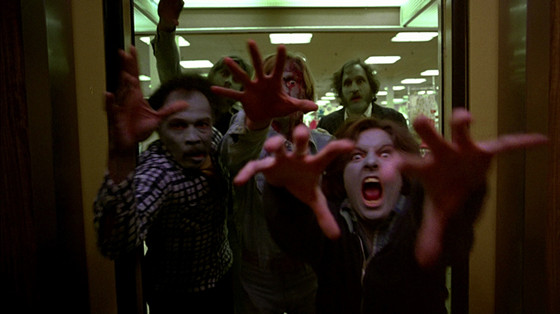
The importance of the “Night of the Living Dead” in 1968 is undeniable for cinema and especially for the horror genre; its importance would be one of the main references from there, being important also when it comes to the social criticism for its time. But with his sequel, George A. Romero managed to go even further than in his first project, where he had a smaller budget. And in this one with a larger budget, he innovates even more and can perhaps reach the pinnacle of a zombie movie.
When the dead come back to life and attack people, four survivors of the attack hide in an abandoned mall and plan to strike back. But the number of zombies only increase around the mall. As the mall is one of the movie’s main venues, it is noticeable to Romero’s criticism of consumerism; nothing is better portrayed than the living dead walking through a mall and having it be one of the main places for them to go. And also how a human being can act in this scenario, where in one part of the movie a gang of bikers want to enter the mall at any cost to loot the place.
George A. Romero, with “Dawn of the Dead,” certainly changed the view of some who had a slightly distorted impression of horror and with zombie movies. Also worth mentioning is Goblin’s brilliant soundtrack with the collaboration of Dario Argento, which is quite memorable of how well it fit into the film.
2. Hostel: Part II (Eli Roth, 2007)
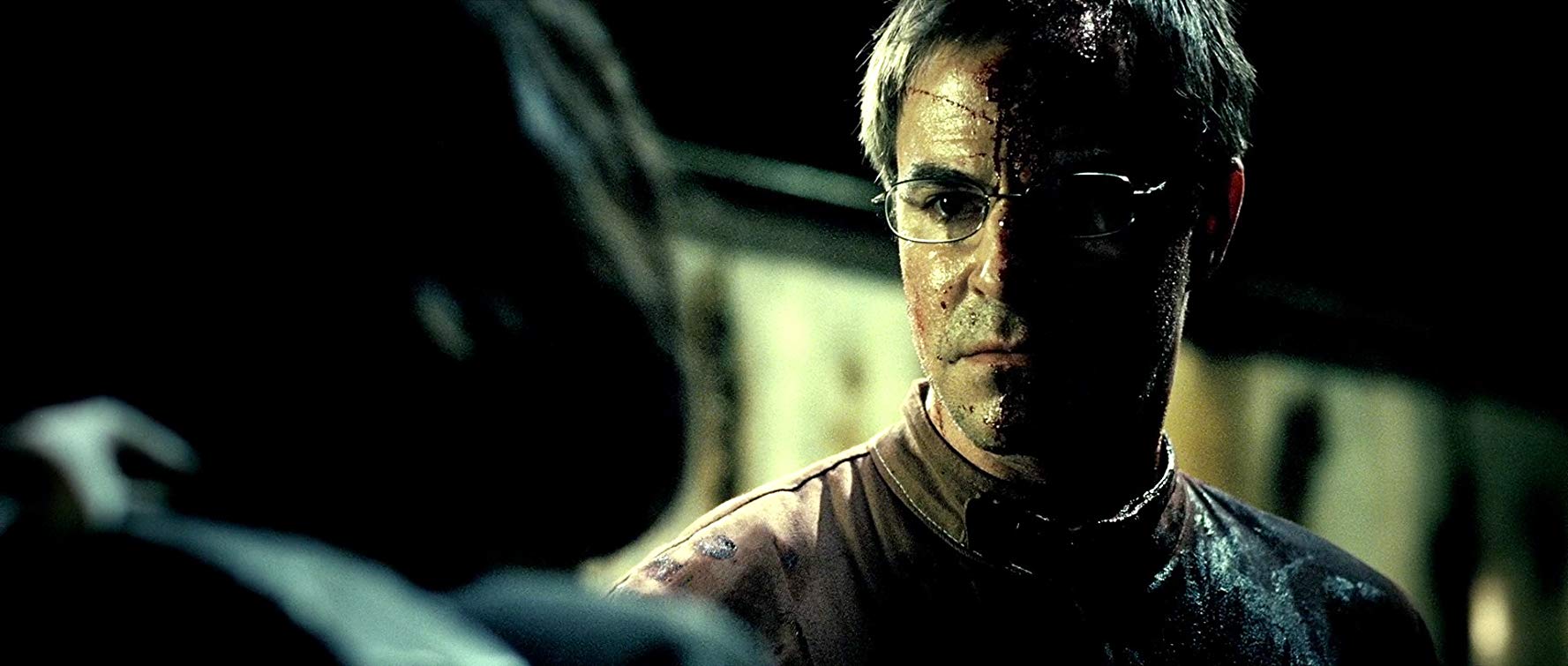
With both movies directed by Eli Roth, it is remarkable how the direction and text matured from one movie to another. There are different things in the “Hostel: Part II” that have improved the movie itself compared to the first. It’s cool how here he decides to make women the protagonists. In this movie, it also shows a gratuitous decrease in gore, contrary to what is seen in the first movie. But when there are scenes of torture and death, Roth is very capricious. The bloodbath scene is a great example.
Three young Americans are on a trip around Rome; while on a weekend outing, they are attracted to a beautiful model, whom they meet on their way to a remote region of Slovakia. The model offers to take them to an exotic spa, where they could relax and have fun. They accept the invitation, but without imagining that they will be the victims of an auction involving rich and sick people from various countries.
“Hostel: Part II” goes far beyond just torture porn directed by Roth; here he intends to show how power in the hands of sick minds can be brought to an unhealthy corporation as well, where what matters is satisfying the sadists’ fetishes and moving business through it. The construction of this is with a certain humor and some moments even sounds satirical, and perhaps the final scene would be an example of this.
1. New Nightmare (Wes Craven, 1994)
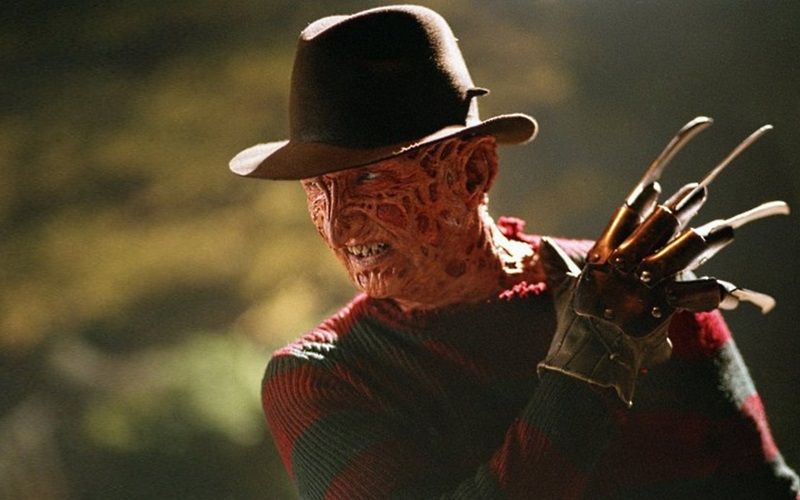
There is no disagreeing that “A Nightmare on Elm Street” is a horror classic and has greatly elevated the genre, as a major horror film of the 1980s. The franchise also had other good films like “A Nightmare on Elm Street 3: Dream Warriors,” and others that tried more controversial themes at the time such as “A Nightmare on Elm Street Part 2: Freddy’s Revenge.” But the franchise has deteriorated with the amount of films that have been made, and have also deteriorated the image of Freddy Krueger.
Then Wes Craven, with all of this context, decides to end the franchise once and for all with a movie being written and directed by him, with the best possible way and idea for a conclusion. “New Nightmare” is a meta horror movie where a demonic entity uses the fictional Freddy Krueger character to come to the real world and disturb the lead actress of the first movie, Heather Langenkamp and her family. This film was released during the 10th anniversary of the release of “A Nightmare on Elm Street.”
Craven’s creativity in creating this movie is truly genius, because at the time no one expected anything more from the franchise than from Freddy Krueger, who has become a weak character through recent films. And in this, he manages to return the character to a more terrifying image again. The idea of metalanguage in this movie was used to the best of its ability, having Langenkamp, Craven, and Robert Englund interpreting themselves, giving it an extra feel of reality, but fiction has come true and in that, Krueger can create doubt of what it is real and what is not.